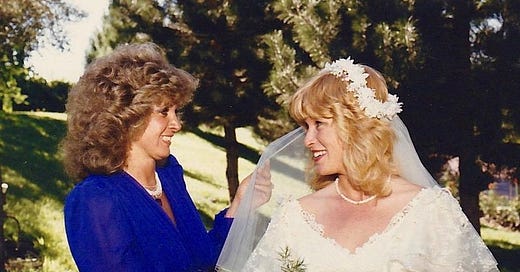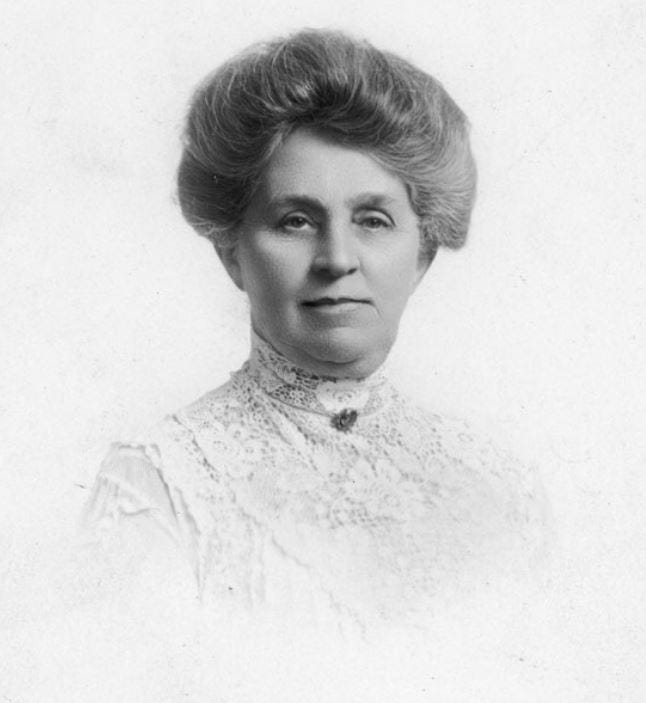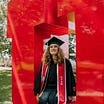The summer I graduated high school, my mother planned a celebratory visit to Washington D.C. as a graduation gift. Before we could use the plane tickets she purchased or follow the itinerary she lovingly and carefully curated, the cancer she had battled for years sapped her strength. We never went on the trip. She died that autumn, three days after Thanksgiving.
The summer after we married, my husband surprised me with a trip to Washington D.C. He knew how much I wanted to go, to honor my mother and experience someplace new. In the years between my mother’s death and my husband’s thoughtful surprise, I discovered a love of history. I arrived at college intent on becoming a chemist and left a budding historian. To me, a vacation spent visiting the nation’s best museums sounded like paradise.
The first few days of our weeklong adventure consisted of us happily spending six or eight hours in a museum, stopping only for food and to view a monument or two before returning, exhausted, to bed. We began at the National Museum of Natural History, visited the National Air and Space Museum, and spent a sobering eight hours at the Holocaust Memorial Museum. We spent a moment meditating in front of the Vietnam Veterans Memorial and the Martin Luther King, Jr. Memorial. My mother knew me well—I adored the city. While I found all of these places enthralling, the Library of Congress quickly became my favorite of them all. I found the building itself magnificent—vaulted ceilings, covered in small, elegantly-colored mosaic tiles paying homage to poets, writers, judges, and scientists. On the wall leading to the stairs to the second floor, I particularly admired the mosaic of the goddess Minerva—a temple to knowledge. Once we reached the second floor, we realized the Library of Congress contained more than books; there was also an exhibit hall. We looked around, trying to decide which exhibit to visit first. I noticed a display on women’s suffrage and suggested we look around there.
As we reverently browsed over each plaque and showcase, I was pleased with how much I remembered from my American history courses. In true know-it-all fashion, I offered my husband some commentary. When we reached the portion of the exhibit about which state first allowed women to vote, I paused. “This isn’t correct,” I noted to my husband. “The first woman to vote was a Mormon woman living in Utah.” Perplexed, I sought out an exhibit guide. I approached a woman in her mid-forties, smartly dressed with a slim pearl necklace. “Excuse me, do you have any information on Mormon women in this exhibit?” I asked. “Are you from Utah?” she responded. When I responded in the affirmative, the guide offered to my surprise that she was also from Salt Lake City. Her husband had accepted a job in government and they’d decided to move to Washington D.C. She now volunteered as an exhibit guide. She lamented that this exhibit, unfortunately, contained little information on Utah’s suffragettes. She explained to my husband that while Wyoming granted women the legal right to vote before Utah, the first woman to ever cast a ballot resided in Utah. Her name was Seraph Young.
The day after we visited the Library of Congress, we decided to see the National Museum of American History. This museum also contained a small exhibit on women’s suffrage. After meticulously reading through all the text offered, I once again noticed a glaring gap in the record: no mention of Utah women or Seraph Young. The rest of the museum was delightfully and expertly curated. Other exhibits contained references to Utah. One exhibit even contained a few artifacts from the early days of Mormonism, including a pair of pristine temple shoes from Nauvoo. The omission of Seraph Young and Mormon women from the nation’s narrative on suffrage in no way spoiled my trip, but it continued to puzzle me long after I returned home.
The complex relationship between Latter-day Saints and the United States might explain the deliberate exclusion of Utah’s women from the national memory of women’s suffrage. Since the faith’s inception, Latter-day Saints’ relationship with the United States government had proved tense and the practice of plural marriage only served to exacerbate an already precarious situation. The movement of the Saints to the Salt Lake Valley—at that time Mexican territory—put distance between the Latter-day Saints and the United States government, allowing them to practice their religion, and polygamy, in relative peace.1 Westward expansion, however, brought the United States ever closer to the Saints in Utah. Following the Civil War, the United States government once again sought to end the Mormon practice of plural marriage. Most Americans considered polygamy, and by extension, Mormonism and her adherents, resolutely “un-American.” They felt plural marriage degraded their society.2 Beginning in the 1860s, Congress began to introduce legislation meant to force Latter-day Saint leaders to end the practice of polygamy in Utah. One such bill, the Cullom Bill, launched Mormon women into action. The Cullom Bill aimed to strip polygamist men of the right to vote. Protesting the mainstream American notion of the oppressed and enslaved polygamous wife, nearly 5,000 women met in Salt Lake City during an “indignation meeting” to voice their opposition to the bill.3 This striking display solidified Mormon women as political actors, and on February 10, 1870, the territorial governor of Utah (a non-Mormon) signed legislation enfranchising Utah’s women.
On February 14, 1870, Seraph Young cast her ballot on her way to work as a schoolteacher—the first woman in Utah and in the United States to vote. Concomitantly, anti-polygamy rhetoric increased on Capitol Hill in Washington D.C. When Mormon women failed to vote themselves out of the perceived imprisonment of polygamy, the United States government revoked their right to vote with the Edmunds-Tucker Act of 1887.4 In addition to terminating enfranchisement for Utah’s women, the Edmunds-Tucker Act ushered in a period known as “the Raid.” Federal marshals forcibly entered Utah, seeking to arrest and imprison anyone practicing polygamy.5 While the Mormons attempted to defy federal authority as long as possible, the cost of avoiding these marshals proved too great. Latter-day Saint leaders announced the end of plural marriage in 1890.6
Historical records shed little light on the remainder of Seraph’s life. We know she married a Civil War veteran and gave birth to three children while living in Utah. Her husband’s health suffered because of injuries he’d incurred during this military service. Seraph and her family moved back East to access better care for her husband. She never returned to Utah. Her remains lie next to her husband’s in Arlington National Cemetery, just across the Potomac from Washington D.C.7 As the first woman to vote, Seraph Young acts as a foremother to every woman who’s ever exercised her constitutional right to participate in an election. Perhaps looking to avoid a discussion of the complicated and often unsavory nature of polygamy, or embarrassed by the terror the United States inflicted on the Mormon people, the National Museum of American History and the Library of Congress appear reluctant to name Seraph Young as a matriarch of women’s suffrage. I, however, feel no such reluctance. I remember Seraph Young as a foremother of my right to vote.
To remember someone is to love them. Part of the reason we erect monuments and curate museums is to express love for those that went before us. We love what, and who, we venerate. I know, for many, gravesites act as a memorial to loved ones. I wish I felt that way about cemeteries. I only ever visit my mother’s grave on Christmas and Mother’s Day. For me, a headstone simply signifies that bones lie underneath. My mother’s spirit, her life, and her goodness cannot be encapsulated on a granite headstone. I think I would prefer a museum to remember her by—a place of public learning where people could gather to participate in a collective act of love and remembrance. In the absence of a museum built in her name, I try my best to share my memories of her and live my life in a way that honors her memory. I feel similarly about Seraph Young. While her name remains absent from the halls of the nation’s museums, I remember her as a way to demonstrate gratitude. While the United States as a whole may not be ready to recollect her story, I honor her in the hopes that one day she will be added back into the national narrative. Remembering my mother, and my foremothers, allows me to feel connected to them long after their spirits leave this earth. I am grateful for them all.
Matthew Bowman, The Mormon People: The Making of an American Faith (New York: Random House, 2012), 124.
Ibid., 141.
Katherine Kitterman, “How Utah Women Gained the Right to Vote in 1870 (Part 2).” Better Days Curriculum, March 16, 2020.
Laurel Thatcher Ulrich, A House Full of Females (New York: Vintage Books, 2018), 385.
Matthew Bowman, The Mormon People (New York: Random House, 2012), 145.
Ibid., 149.
Rebekah Clark, “Meet Seraph Young, Utah’s First Female Voter.” Better Days 2020. Accessed February 2, 2022.







Thank you. What a treasure of knowledge you’ve shared here about Seraph Young. I didn’t know about her prior to reading this. And Oh the things we could learn in a museum honoring your mom.
This is an exceptional piece and topic! Thank you for writing it!